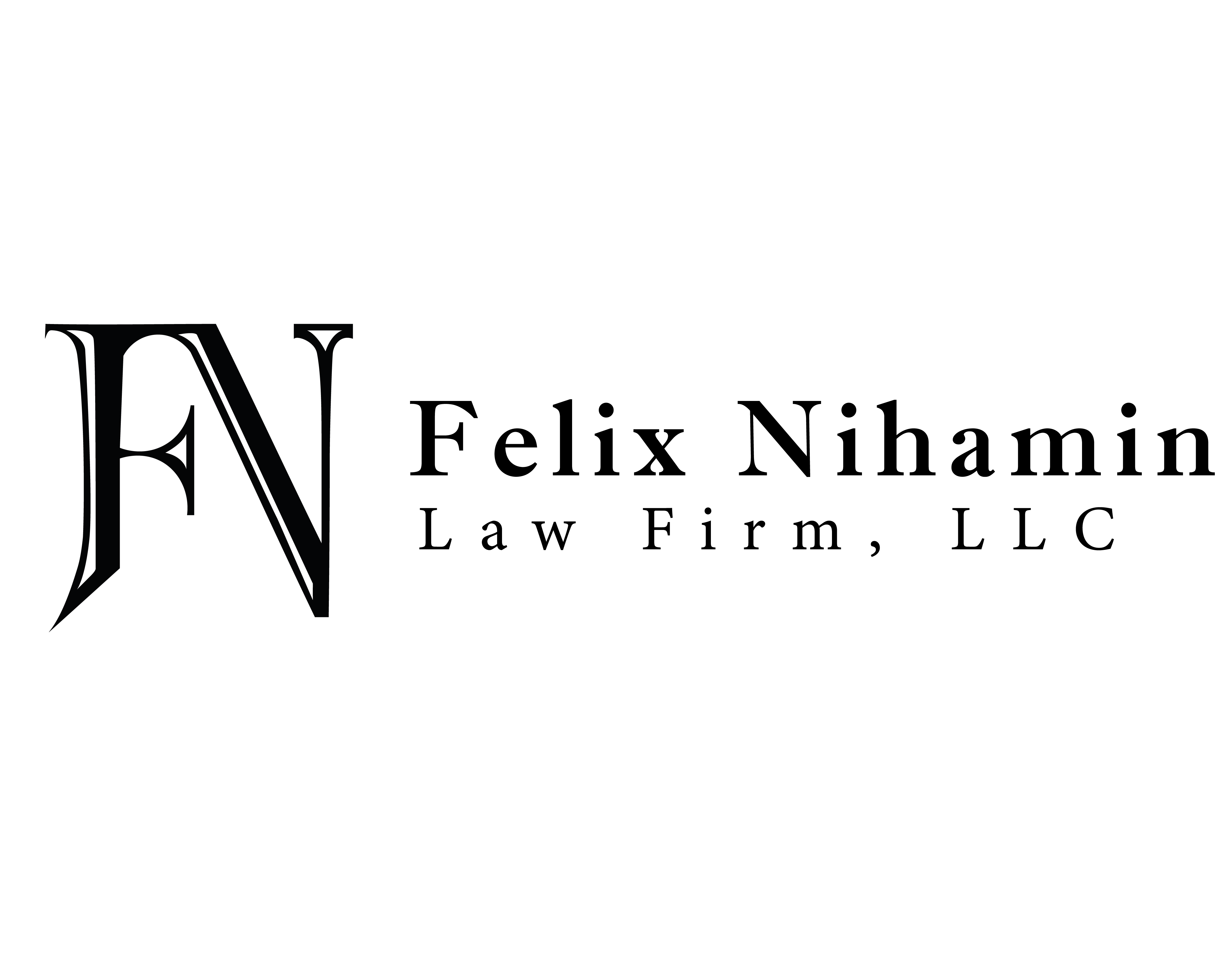Next Step
PPP Update
Reduction of the Payroll Costs Requirement to 60% of Loan
The PPP required businesses to spend at least 75% of the loan on payroll costs and the remaining 25% could be spent on eligible non-payroll costs (mortgage, rent and utilities payments).
The PPPFA reduces the amount of the loan that must be spent on payroll costs from 75% to 60%, allowing for up to 40% of the loan to be used for eligible non-payroll costs.
Extension of the “Covered Period” to 24 weeks or December 31, 2020
The CARES Act established an eight-week “covered period” during which a PPP borrower can incur costs eligible for forgiveness. The PPPFA extends the Covered Period to 24 weeks from origination of the loan or December 31, 2020, whichever is earlier.
Employers can now incur eligible payroll and non-payroll costs during the 24-week Covered Period.
Extension of the Full-Time Equivalent and Salary Restoration Deadline to December 31, 2020
Under the original terms of the PPP, the amount of a PPP loan that is eligible for forgiveness is reduced in proportion to the loss of full-time equivalent employees (“FTE”) and subject to reductions if the average annual salary or hourly wage of certain employees is reduced by more than 25% during the coverage period relative to prior levels.
The prior deadline to restore FTEs and salary requirements in order to be eligible for forgiveness was June 30, 2020. This deadline has now been extended to December 31, 2020.
A borrower who received a loan under the PPP prior to the date of enactment of the PPPFA may elect for the Covered Period to end on a date that is eight weeks after the origination of the loan.
Additional Exemptions for Rehiring of Employees
The PPPFA provides additional exemptions whereby a business can still receive loan forgiveness with respect to payroll costs if the borrower can document:
an inability to rehire individuals who were employees on February 15, 2020;
an inability to hire similarly qualified employees for unfilled positions on or before December 31, 2020; or
an inability to return to the same level of business activity that existed before February 15, 2020, due to compliance with requirements or guidance established by the Department of Health and Human Services, the CDC, or OSHA during the period of March 1, 2020 to December 31, 2020, relating to COVID-19 standards for sanitation, social distancing, or other worker or customer safety requirements.
Documentation to support any of these exemptions must be retained and provided in connection with the loan forgiveness application.
Extension of the Term for Repayment from 2 Years to 5 Years
The prior term for any unforgiven portion of a PPP loan was two years from origination.
The PPPFA extends this term to five years for any loans made after the enactment of the act; however, the PPPFA allows lenders and borrowers to agree to modify the maturity terms of any preexisting PPP loan in conformance with this extension.
Loan Payment Deferral Period Extended
The PPPFA extends the deferral period of payment of PPP loan principal, interest and fees from the first 6 months of the loan to the date on which the SBA remits the amount of forgiveness to the lender.
If a borrower fails to apply for forgiveness within 10 months after the last day of the Covered Period (i.e. 24 weeks or December 31, 2020, whichever is earlier), the borrower is not required to make payments of principal, interest and fees until 10 months after the last day of the Covered Period.
Payroll Tax Deferral Available for Borrowers with Forgiven PPP Debt
The PPPFA expands deferral of certain payroll taxes to all borrowers regardless of PPP loan forgiveness.
